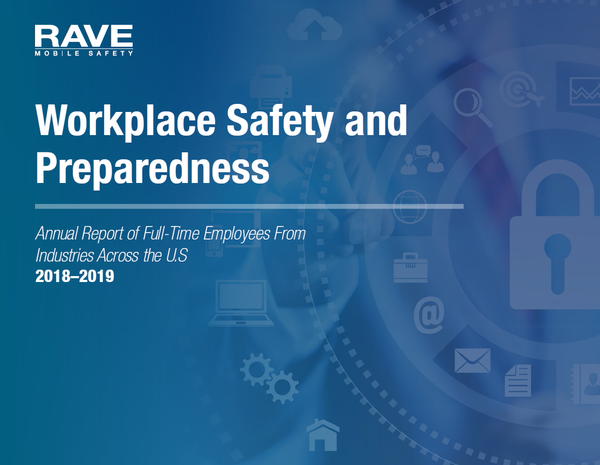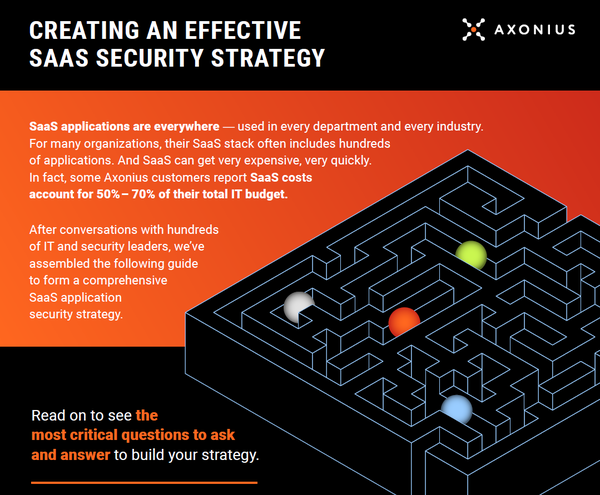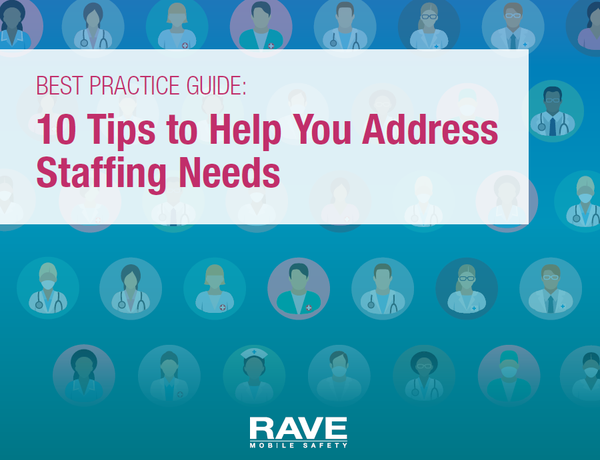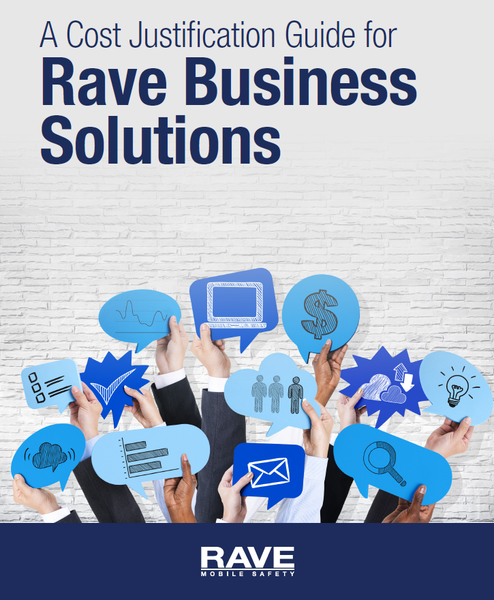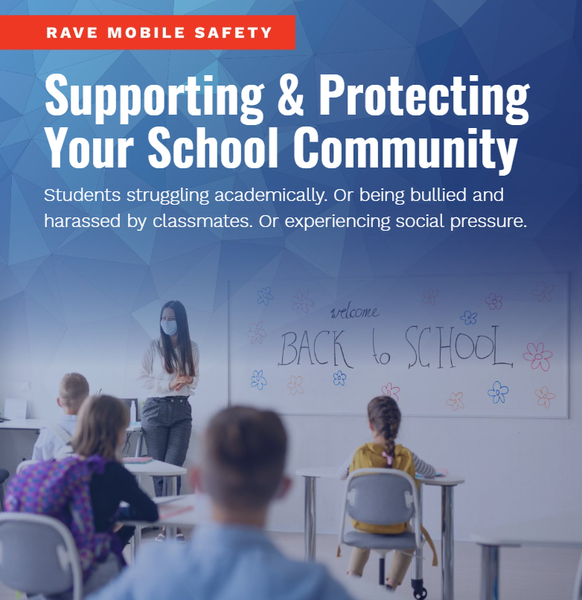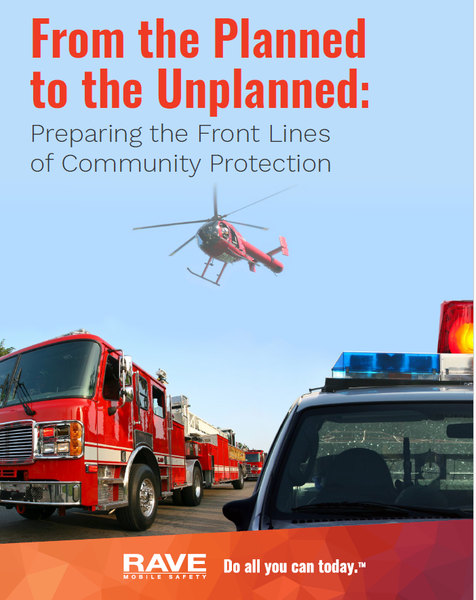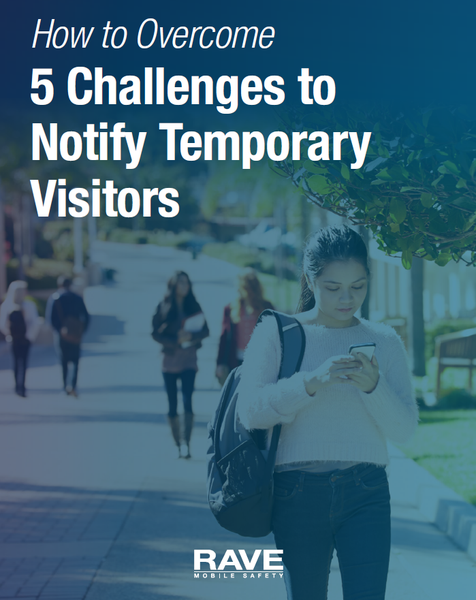
How to Overcome 5 Challenges to Notify Temporary Visitors
Mass notification systems are a critical campus safety resource, sending first warnings and real-time updates as an adverse event progresses. Even if institutions dedicate time and effort maintaining their databases, they may still be neglecting to notify a critical component of their campus — temporary visitors. If a large-scale incident occurs, parents, contractors and other visiting guests might not be included in the mass notification database and may be unaware of an imminent threat.


